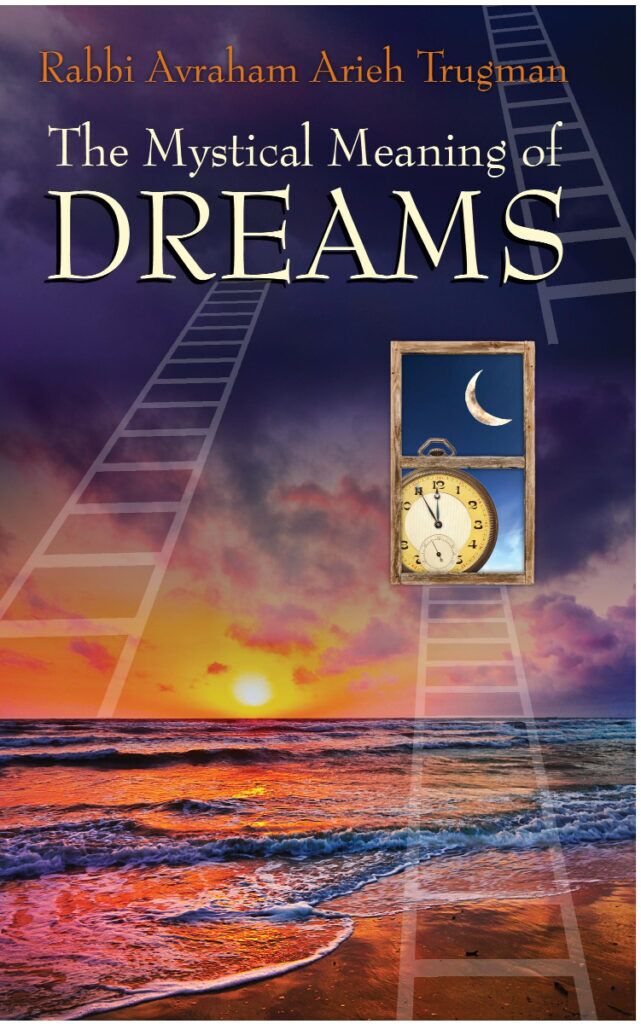Softcover, 160 pages
In this fascinating exploration, the reader is taken into the concealed realms of the mind and the subconscious, as well as into the hidden dimensions of the Torah, in order to understand the origin and significance of dreams. By comprehending the psychological and prophetic nature of our dreams, as well as analyzing the many dreams revealed in the Bible, we learn how to understand dreams and use them to nurture our own spiritual and emotional growth.
DONATE AT LEAST $20
RECEIVE THE MYSTICAL MEANING OF DREAMS
YOU CAN ORDER HERE A PDF VERSION BY DONATING $8.
Important: Please make sure to include your mailing address by leaving a note in the PayPal order form!
(Orders outside Israel & USA please add $12 (including Canada); Australia, New Zealand, the Far East and South America please add $25)



